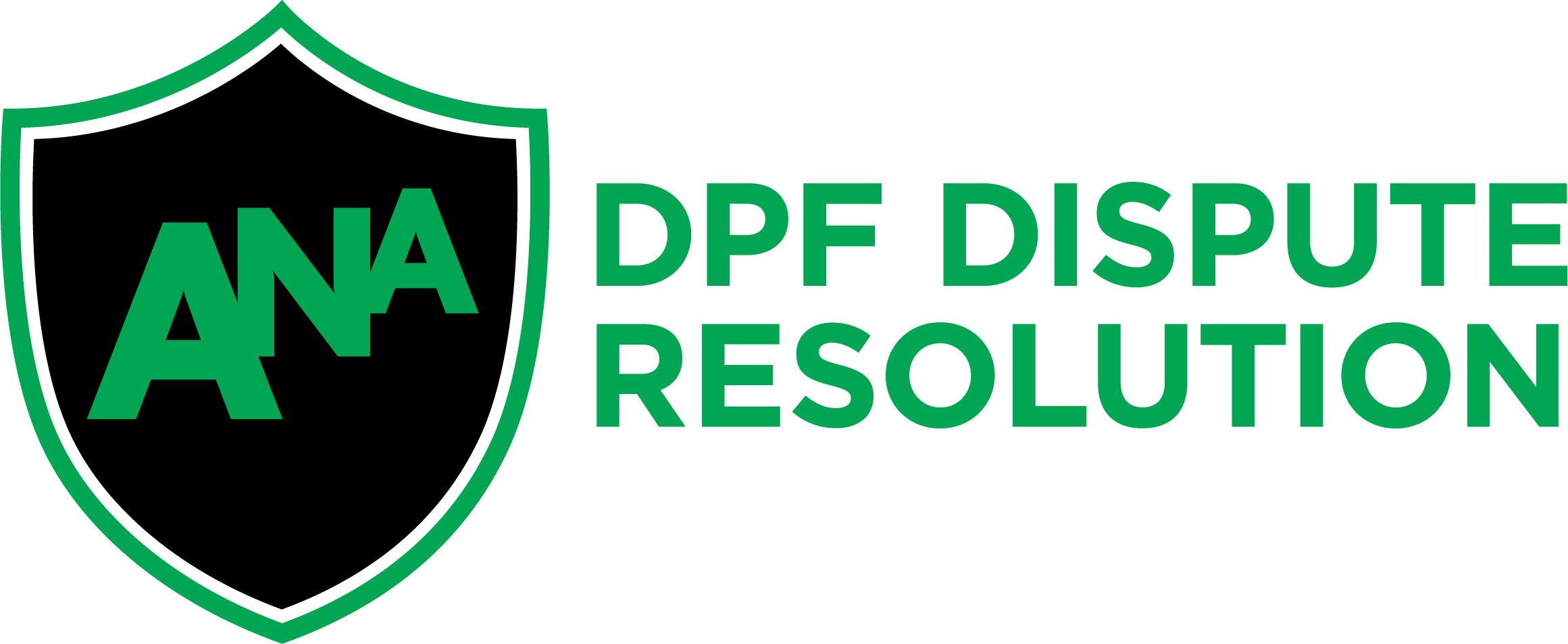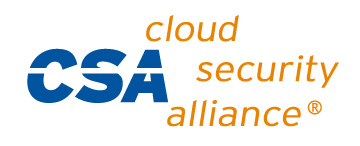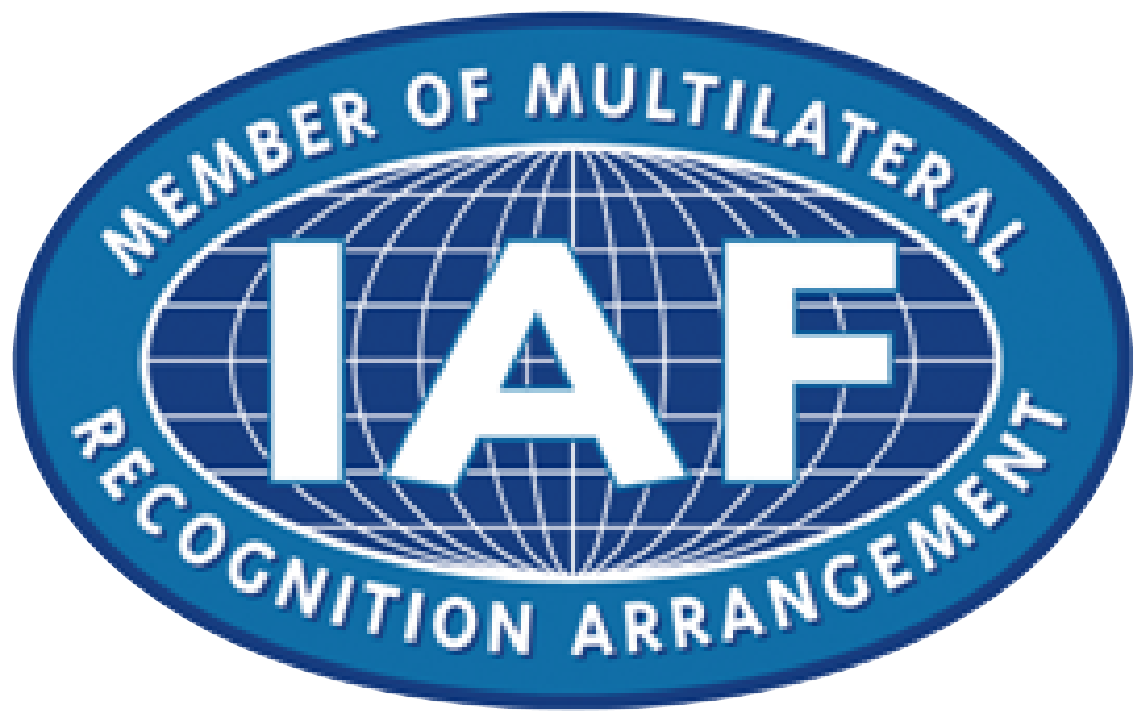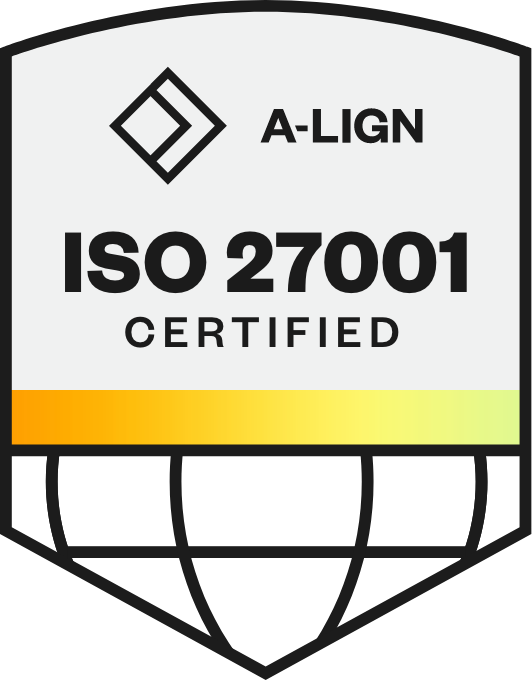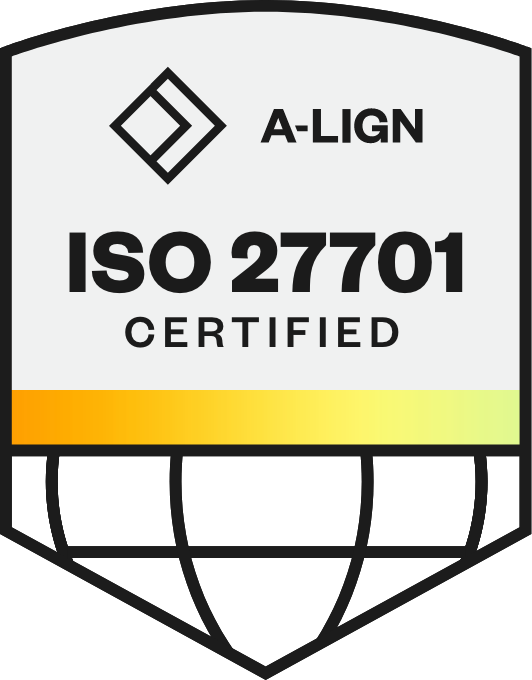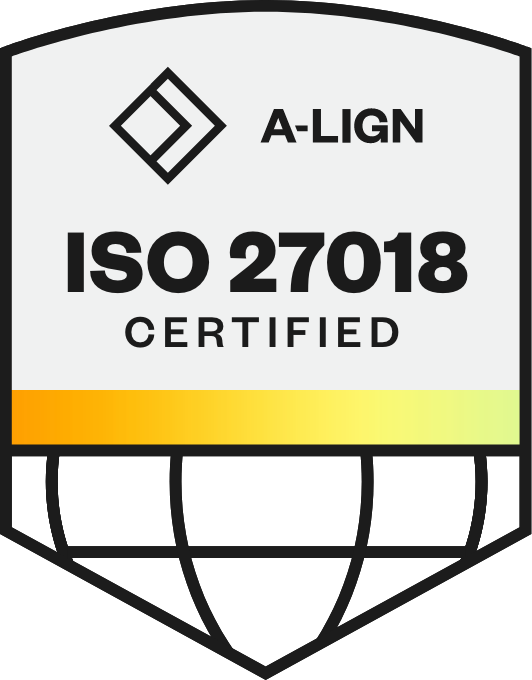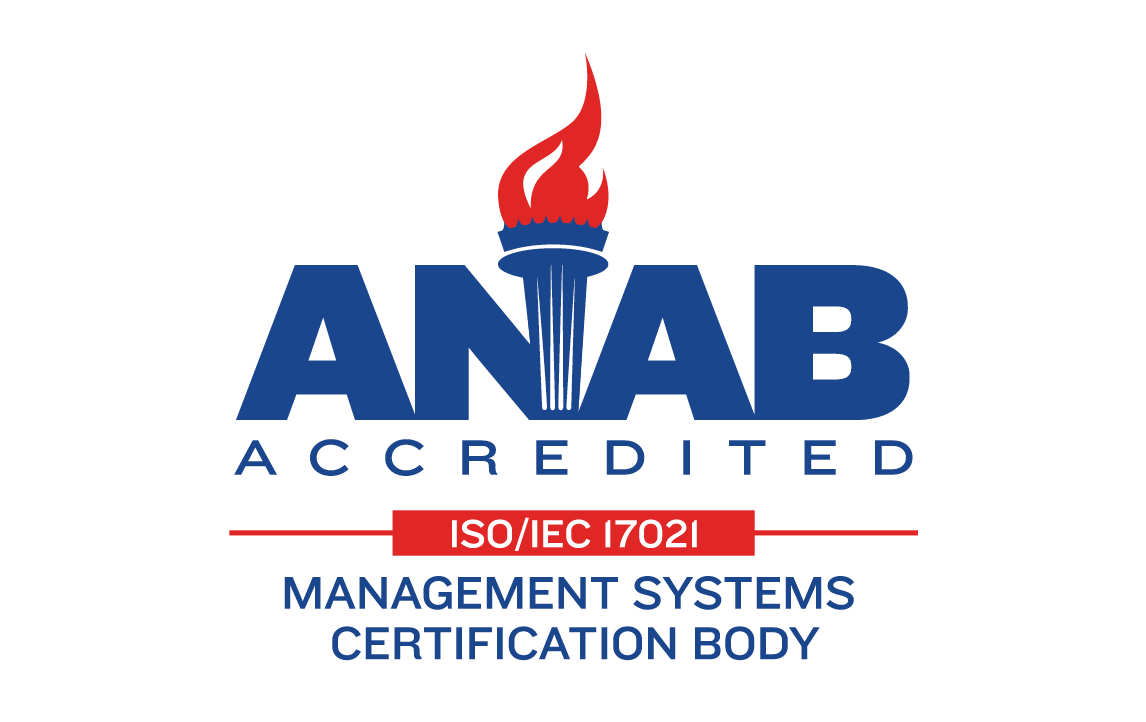
How Conversational AI is Transforming HR Interactions & Candidate Experience
Not long ago, chatbots powered by conversational AI were rare and often rudimentary. Now, conversational AI is seamlessly integrated into nearly every aspect of our digital lives — from navigating career sites to discovering your next favorite show. With this increased exposure, the bar for quality has been raised. Poorly designed experiences now stand out more than ever, leaving lasting negative impressions on candidates, employees, and business leaders alike. In fact, 70% of HR leaders say they’re struggling to keep pace with evolving workforce needs, according to Gartner.
As digital experiences become central to talent strategies, expectations are shifting. Candidates and employees now demand fast, fluid, and natural conversations — interactions that mirror the way they already communicate across other platforms. Early chatbots followed rigid, rule-based scripts. Today, conversational AI, powered by large language models (LLMs), understands context, learns from interactions, and enables conversations that feel more human and adaptive.
In this blog, we’ll explore how conversational AI is reshaping HR by streamlining hiring, enhancing employee experiences, and unlocking valuable advantages for HR teams focused on the future.
In this Article:
What is Conversational AI
Conversational AI refers to technology that enables natural, human-like dialogues with machines in real time. This is achieved through a combination of natural language processing (NLP), natural language understanding (NLU), machine learning (ML), and context retention. Together, these components help the system interpret user input, generate relevant responses, and improve interactions over time.
Although rules-based chatbots are a great place to start when implementing AI, using rigid scripts that require frequent manual updates can be challenging to keep updated and relevant in the long-term. On the other hand, a conversational AI chatbot that understands context and intent, adapts in real time, enabling more natural, human-like interactions that evolve with each and every conversation.
For instance, within an interview scheduling tool, a traditional chatbot might simply confirm availability, whereas conversational AI can handle real-time scheduling conflicts, sync with a recruiter’s calendar, and even provide prep materials, all within a seamless conversation.
Related: What is recruiting automation and what are the benefits?
Conversational AI vs Traditional Chatbots
The main distinction between conversational AI and traditional chatbots lies in their flexibility and ability to engage in context-aware, dynamic conversations. Traditional chatbots are rule-based, meaning they follow scripted responses triggered by specific keywords or actions.
Conversational AI, by contrast, moves beyond these limitations. It understands the intent behind user queries, manages context across interactions, and can adapt to complex or open-ended inputs.
Capability | Traditional Chatbots | Conversational AI |
Response Generation | Pre-scripted, fixed responses based on keyword matching | Dynamic responses generated based on understanding intent and context |
Learning Ability | Static; requires manual updates | Self-improving through machine learning from each interaction |
Language Flexibility | Limited to exact keyword matches and phrases | Understands variations in phrasing, slang, and natural language |
Contextual Memory | None; each interaction stands alone | Maintains conversation history to provide contextually relevant responses |
Handling Complexity | Can only handle simple, anticipated queries | Manages multi-step conversations and complex requests |
Personalization | Generic, one-size-fits-all responses | Tailored responses based on user history and preferences |
Benefits of Conversational AI
As conversational AI technology continues to evolve, its impact on HR processes becomes even more pronounced. Beyond enhancing communication, these systems provide tangible benefits that boost efficiency, streamline workflows, and elevate the overall experience for both candidates and recruiters.
Save Recruiter Time and Boost Productivity
Conversational AI automates routine tasks like screening, scheduling, and answering inquiries, allowing recruiters to focus on high-value work. This boosts productivity by handling high volumes of interactions and reducing administrative burden.
Improve Candidate Experience with Fast, Personalized Communication
Candidates expect quick, personalized communication. Conversational AI delivers real-time, tailored interactions at every stage of hiring — from FAQs to scheduling, ensuring candidates feel valued and engaged.
Related: How Sweetwater Sound Rocks the Candidate Experience
Reduce Drop-Offs with Real-Time Answers
Candidates often drop off due to unanswered questions or delays. Conversational AI minimizes this by providing immediate responses on job details, application status, and scheduling, reducing abandonment rates and keeping candidates engaged.
Enable Consistent Messaging Across Regions/Languages
As organizations grow globally, inconsistent messaging can lead to confusion or poor candidate impressions. Conversational AI supports multilingual, always-on communication — helping HR deliver unified, brand-aligned interactions across locations without language barriers.
Cost Savings and Operational Efficiency by Reducing Repetitive Tasks
By handling repetitive tasks, conversational AI reduces the need for manual intervention, saving costs and improving operational efficiency. Operating 24/7, it frees HR teams to focus on strategic initiatives without extra resources.
Related: What is Recruiting Automation and What Are the Benefits?
How Does Conversational AI Work
HR teams today manage interactions across dozens of touchpoints — from career sites and internal portals to messaging apps and email. Conversational AI plays a key role in keeping those interactions seamless, responsive, and scalable. It’s not just answering questions; it’s enabling HR to support high volumes of inquiries, across time zones and languages, without sacrificing personalization.
At a high level, conversational AI technology works through a combination of components:
Input Processing. When a user types or speaks a message, the system captures that input and processes it using NLP to understand the structure of the language.
Intent Recognition and Context Analysis. With NLU the system identifies the user’s intent — for example, checking application status or rescheduling an interview. It also uses context from past interactions to maintain continuity across conversations.
Dialogue Management. Once the intent is recognized, the system determines the next best action. It might respond with information, ask a follow-up question, or trigger an action (like booking a meeting).
Learning and Optimization. Over time, the system learns from interactions. Through feedback loops — both manual and automated — conversational artificial intelligence improves its accuracy, relevance, and tone.
Modern conversational AI platforms are built for omnichannel delivery. They integrate seamlessly with:
Career sites and application portals, to guide candidates in real time during the application process
Text messaging and WhatsApp, to send updates and collect responses on mobile-friendly channels
Employee intranets and HRIS systems, supporting internal teams with fast access to policies and workflows
Email, allowing conversations to continue beyond real-time chats
ATS and CRM systems, ensuring every exchange is captured across the talent lifecycle
Related: 4 Ways to Create a World-class Career Site That Converts Top Talent
Unlike traditional support models, conversation with artificial intelligence enables 24/7 assistance in multiple languages without the limitations of recruiter or hiring team availability. It scales to support thousands of simultaneous conversations during peak periods while continuously refining its performance based on how your team communicates.
Key Use Cases of Conversational AI
Conversational AI technology connects seamlessly with your HR stack to elevate performance at every stage of the talent journey. Its scalability makes it especially valuable for organizations managing high volumes of interactions across roles, regions, and platforms. Let’s look at some of the most impactful use cases that can emerge after conversational AI implementation:
1. Talent Attraction & Lead Capture
Response time and relevance are now make-or-break factors in candidate conversion. Conversational AI engages prospects instantly, answers role-specific questions, evaluates basic qualifications, and collects application details — all while maintaining natural, back-and-forth dialogue.
When integrated with your career site, Phenom Chatbot delivers 24/7 interaction without waiting on recruiter availability. It helps candidates discover jobs, handles FAQs, and guides them smoothly through the application process, reducing drop-offs and strengthening lead capture.
2. Interview Scheduling
Interview coordination still drains recruiter bandwidth, especially at scale. Conversational AI automates scheduling logistics — syncing calendars, confirming availability, sending invites, and handling rescheduling — with zero manual input.
Phenom Automated Interview Scheduling takes this further by offering interview prep resources, answering candidate logistics questions, and sending automated interview reminders. Integrated directly with recruiter calendars, it ensures optimal slot matching and eliminates repetitive tasks without disrupting the candidate experience.
3. Onboarding Assistance
The time between offer acceptance and day one is critical for shaping long-term engagement. Conversational AI supports new hires by answering pre-start questions, guiding them through documentation, and offering just-in-time help with benefits or policies.
SHRM reports that companies with structured onboarding programs see a 62% boost in new-hire productivity. Phenom Employee Experience standardizes onboarding while keeping it personal by proactively checking in and sharing tailored content. Its integration with HRIS systems ensures consistency across all communication touchpoints.
Leveraging a robust onboarding tool to support candidates during their transition to employee status is a great way to set your workforce up for prolonged success.
4. Employee Self-Service
After onboarding, employees still need fast answers without having to navigate complex portals or submit support tickets. Imagine your candidate has a question about their benefits and how to submit requests for PTO. Instead of struggling to determine which tool houses all of this information, they can chat with AI instead. Conversational AI makes self-service interactions valuable and conversational: “How many vacation days do I have?” or “What’s covered under parental leave?”
Phenom Talent Marketplace supports this with intuitive employee self-service while also enabling growth through internal mobility, gigs, and mentorship. According to Gartner, solutions like this can reduce HR service costs by up to 40% while improving information accessibility across the organization.
Related: 5 Industry Leaders Reveal How AI is Transforming Talent Acquisition and Management
Challenges With Conversational AI
While conversational AI is reshaping HR workflows, it isn’t without limitations. Understanding these challenges helps teams plan realistic implementations and avoid common pitfalls.
Limited Context Understanding
Despite advancements, conversational AI can misinterpret nuanced or emotionally charged inputs, such as “I’m not sure if this is the right fit.” Lacking historical context or emotional cues, it may provide tone-deaf or irrelevant responses, which can damage the candidate experience.
When implementing a conversational AI chatbot, ensure that your teams review the prompted questions, flagging any potential questions that should be redirected to a team member instead of answered by AI. Proactively and regularly reviewing commonly asked questions will help ensure the chatbot is effective and having a positive impact on potential candidates.
Handling Ambiguous Queries
AI may struggle with vague queries, like “What’s the growth path here?” Without further clarification, it risks offering generic responses. Ensure you set up consistent review periods to assess conversational AI chatbot interactions that might benefit from follow-up questions to obtain clarity before providing a reply to help mitigate issues with ambiguous queries. Monitoring and continuous training are crucial to ensure greater accuracy and relevance.
Scale vs. Personalization
While AI handles thousands of conversations simultaneously, scaling can reduce empathy. Without fine-tuning, AI can seem robotic, leading to disengagement. Balancing automation with personalized interactions is essential to maintaining quality at scale.
Data Privacy & Compliance
AI systems process sensitive data, including personal and medical information. Without strict data governance, there’s a risk of breaches or noncompliance with regulations like GDPR and CCPA. Proper security and transparent data policies are critical to protect both candidates and organizations.
Related: How HPE is Reimagining HR Through Ethical AI Innovation
Change Management & Internal Buy-In
Introducing AI isn’t just a technical upgrade — it’s a cultural shift. Resistance from HR teams due to fear of job loss or changes in workflows is common. Effective adoption requires clear communication of AI’s value, thorough training, and an emphasis on AI as a complement to human roles.
Common Misconceptions About Conversational AI
Misunderstandings around conversational AI can slow its adoption in HR. Let’s address some of the most prevalent myths to help teams approach it with clear expectations.
Conversational AI Enhances, Not Replaces, Human Roles
A common misconception is that conversational AI will replace human HR professionals. In reality, AI serves as a tool to augment human capabilities, automating tasks like scheduling, answering FAQs, and conducting preliminary candidate assessments. This allows HR teams to focus on higher-value activities like building relationships and guiding candidates through complex decisions.
Conversational AI Requires Customization
Some believe conversational AI can be applied universally without adjustments. Successful implementation demands integration with existing HR systems (like a Talent CRM and HRIS) and customization to a company’s communication style. Off-the-shelf point solutions may lack the necessary context, reducing their effectiveness.
AI Isn’t Fully Human
While conversational AI has advanced significantly, it’s not yet capable of human-level understanding. It struggles with tone, ambiguity, and nuanced responses. For sensitive or complex issues, AI may fail to provide the empathetic or contextual replies a human would. Managing expectations and monitoring interactions is crucial to addressing this limitation.
AI Can Maintain Strong Data Privacy
Concerns about data privacy are common, but conversational AI is designed with strict security measures to protect sensitive information. When implemented correctly, AI can offer better data protection than human-staffed HR teams, reducing errors and ensuring compliance with regulations like GDPR and CCPA.
Related: Ethical AI Development: Balancing Innovation with Responsibility
Realistic Expectations Are Key
Though conversational AI offers significant benefits, it’s not a magic fix. While it can improve efficiency and engagement, the technology cannot be implemented with a “set it and forget it” approach. Organizations should anticipate gradual improvements rather than immediate transformations with ongoing feedback helping refine and adapt AI systems. Continuous feedback loops are the backbone of AI evolution that ensure conversational AI tools are helpful tomorrow and two months from now.
FAQs about Conversational AI
What are the types of conversational AI?
Types include chatbots, virtual assistants, and AI agents, with varying complexity in tasks and interactions.
What is the future of conversational AI?
Expect more intuitive, personalized interactions and deeper integration into HR systems, improving efficiency and automation.
What is conversational AI vs generative AI?
Conversational AI focuses on dialogue-based interactions, while generative AI creates new content like text or images.
What is the difference between conversational AI and virtual assistant?
Virtual assistants are task-specific tools, while conversational AI engages in broader, context-aware conversations.
What are the 4 types of chatbots?
Rule-based: Follows predefined scripts
AI-powered: Uses NLP for dynamic responses
Voice-enabled: Communicates through voice
Hybrid: Combines rule-based and AI features
Building Better Conversations with AI
Conversational AI is revolutionizing HR by enabling more personalized, efficient, and scalable interactions across the entire talent lifecycle. From automating repetitive tasks like interview scheduling to providing real-time support during onboarding, this technology improves efficiency while enhancing the candidate and employee experience.
By integrating conversational AI, organizations can streamline recruitment, deliver seamless onboarding, and foster continuous employee engagement — all while maintaining a human touch.
Download our comprehensive High-Volume Hiring Playbook to learn how innovative organizations are leveraging these technologies to create competitive advantage in the talent landscape.
Apurba is a writer who specializes in creating engaging content, backed by storytelling, data, SEO and a cup of coffee. When she’s not writing, she’s reading, cooking fusion food, or curiously traveling like a local.
Get the latest talent experience insights delivered to your inbox.
Sign up to the Phenom email list for weekly updates!



